What's next for the COVID vaccine?
Why it might be time to roll up your sleeve — again
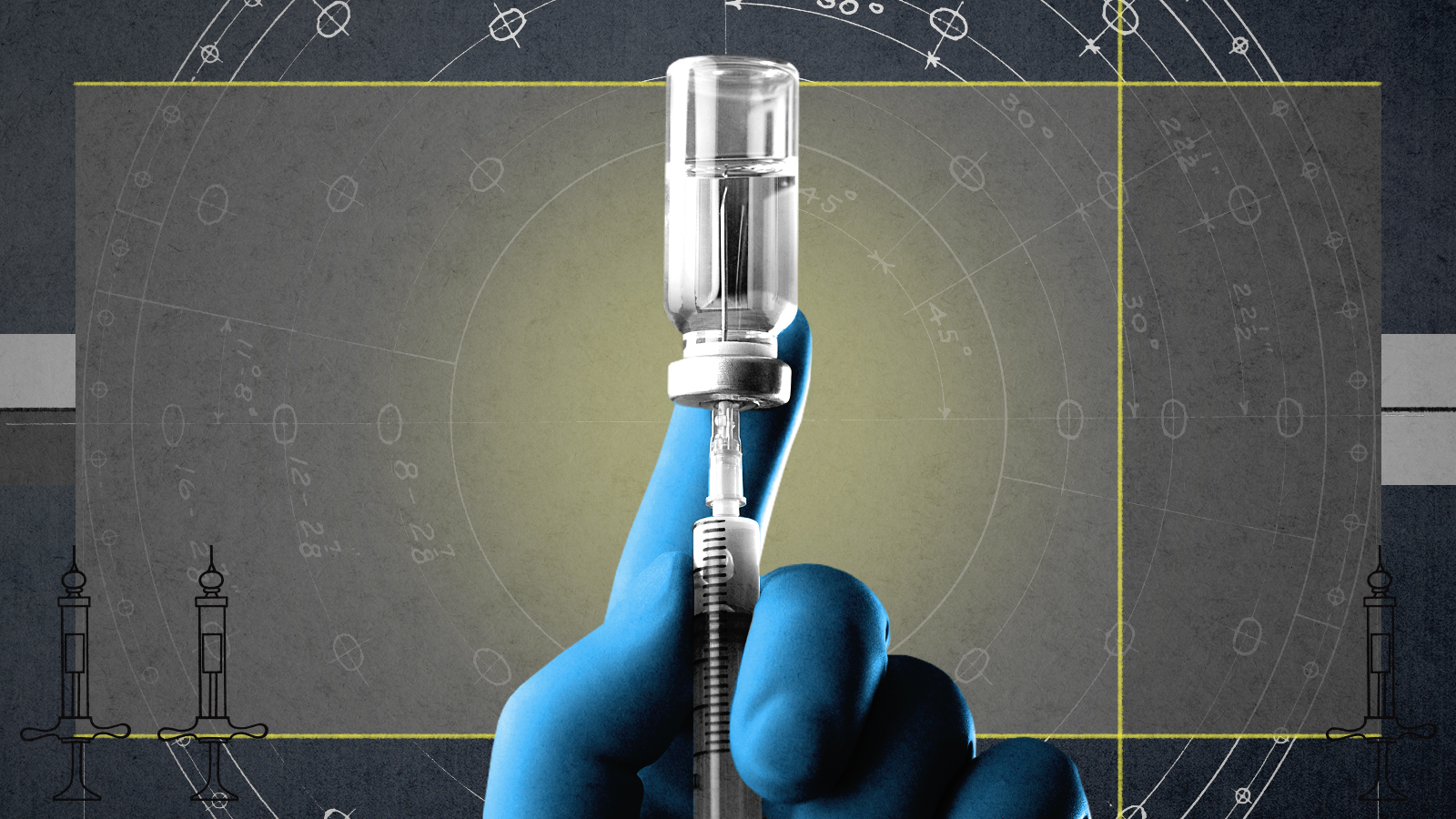

As the U.S. officially surpasses a million COVID-19 deaths, the Biden administration is warning that it's running out of money to prepare for the fight against the inevitable-seeming next wave of infections. President Biden asked for $22.5 billion in March, laying out his plan to prevent and treat coming case spikes, but Congress whittled that down to $10 billion and Senate Republicans are blocking that smaller amount to try and get a vote on an unrelated border issue.
What would Biden do with another $10 billion?
The Biden administration laid out a 100-page plan to get the U.S. through the remaining jags of the pandemic, and if Congress allocates $10 billion in funding, not the $22.5 billion requested, that plan will be scaled down, zeroing out the aid for other countries, reducing the government's ability to respond to new variants, and possibly rationing the next-generation vaccine to those most at risk of hospitalization and death, officials say.
"They've never suggested that $10 billion would last very long," Sen. Roy Blunt (R-Mo.) told Politico. "But $10 billion may be the most that there's any appetite for right now." About half the $10 billion would go toward paying Pfizer for 20 million doses of antiviral treatments purchased earlier this year, and the other $5 billion would be divided between investing in tests, treatments, and vaccines.
The Week
Escape your echo chamber. Get the facts behind the news, plus analysis from multiple perspectives.

Sign up for The Week's Free Newsletters
From our morning news briefing to a weekly Good News Newsletter, get the best of The Week delivered directly to your inbox.
From our morning news briefing to a weekly Good News Newsletter, get the best of The Week delivered directly to your inbox.
The White House, increasingly worried Congress won't approve any new funds, is already rationing its remaining money, holding off on supporting research into new treatments and holding back on reserving vaccine supply. It can't commit to buying vaccines until it has the money, meaning the U.S. could lose first access to the shots, Politico reports.
"We need to decide as a country how we want to deal with the fact that COVID's going to be with us for a long time," said Bob Kocher, who served on the Obama administration's National Economic Council. "The path we are perhaps unintentionally choosing leads to a more disruptive, longer, and more economically painful COVID experience for America."
Do we really need more vaccines?
Yes. In the fall, "all eligible Americans may be asked to dose up yet again (if, that is, Congress coughs up the money to actually buy the vaccines)," Katherine Wu writes at The Atlantic, but scientists and vaccine regulators have to decide which ingredients to include in the vaccines by next month.
The current vaccines were designed to protect against the original strains of COVID-19, and though they are effective at preventing hospitalization and death with the Omicron strain and its many variants, there's no consensus on what this fall's vaccine should look like: an Omicron-specific vaccine (Pfizer and Moderna are both currently testing Omicron versions); the original formula; some combination of the two; or a prospective universal vaccine to tackle current and future variants?
A free daily email with the biggest news stories of the day – and the best features from TheWeek.com
Each vaccine formulation has its benefits and potential costs, and they will all offer some protection, Wu writes, but the fall shot "is inevitably going to be a gamble and a guess."
What about the unvaccinated?
There is some question about whether an Omicron-specific vaccine would train fully unvaccinated immune systems to fight other variants as well as the original formula, Wu reports. But at this point, the benefits of getting vaccinated are painfully obvious.
Vaccines saved 2.2 million American lives in their first 18 months, according to research by the Commonwealth Fund. On the other hand, nearly 319,000 Americans died from COVID who would have survived if there had gotten vaccinated and boosted, researchers at Brown University and Microsoft AI Health determined. That's half the coronavirus deaths since the vaccine became available.
Millions of Americans are still unvaccinated, millions more haven't gotten a booster shot, and hundreds are still dying of COVID-19 each day. But it's nothing like the pre-vaccine times, doctors say. "I worked in the ICU in May 2020 and it was staggering the amount of patients — I only had three patients that made it out alive," Dr. Katie Adib, an internal medicine resident at Ohio State University, told ABC News. "Now there are nowhere near the amount of people" and "those in the ICU who have been vaccinated tend to make it out."
What about young kids?
The only group of Americans not authorized to get vaccinated are under age 5, but that will probably change in June, NBC News reports, citing people familiar with Food and Drug Administration plans. Moderna has asked the FDA for approval for this youngest cohort, and Pfizer is believed to be close to seeking approval.
There are about 19.5 million kids 4 and under in the U.S. and Puerto Rico, but it's not clear how many will be vaccinated, NBC News reports. "Less than 30 percent of children ages 5 to 11 have received two doses of a vaccine," even though they have been eligible for months now.
Is there a plan to convince holdouts to get vaccinated?
The time for persuading adults would probably have been earlier in the pandemic, before opinions were hardened. "We did not start early on with information campaigns about why vaccines are important," Stefanie Friedhoff, a professor at the Brown School of Public Health, tells NPR. "We underestimated dramatically the investment it would take to get people familiarized with vaccines because, by and large, we haven't had a deadly disease like this, so people have become estranged from the important impact of vaccination."
But there are alternative vaccines that might convince some skeptics to get inoculated. Novavax is reportedly bullish that the FDA will finally approve its U.S.-funded COVID-19 vaccine in June, adding to the U.S. options a traditional vaccine that is slowly gaining favor in the 28 countries where it is being used.
The mRNA vaccines developed by Pfizer and Moderna "have revolutionized our approach to immunizations, and they've done so with blinding speed," the Los Angeles Times reports, but "that's left many people yearning for something a bit more old-school," and Novavax has created "the type of vaccine Americans have been taking for years to protect against familiar scourges like influenza and shingles."
Novovax's shot is proving effective, doesn't seem to have serious side effects or provoke strong reactions, and "some anti-abortion activists who refuse to take the mRNA vaccines because they were developed with cells lines derived from an aborted fetus would see it as an acceptable alternative," the Times says. "If made available, the Novavax vaccine might induce some of the millions of still-unvaccinated Americans to roll up their sleeves at last."
Other researchers are working on a COVID-19 vaccine nasal spray, and "the barrier for a nasal spray booster may be lower for many people than for a needle shot," Dr. Akiko Iwasaki, an immunobiology professor at Yale School of Medicine, writes in The New York Times. A nasal vaccine would have other advantages, too, most notably preventing infections entirely by training the mucus layer inside the nose to "capture the virus before it even has a chance to attach to people's cells."
Peter has worked as a news and culture writer and editor at The Week since the site's launch in 2008. He covers politics, world affairs, religion and cultural currents. His journalism career began as a copy editor at a financial newswire and has included editorial positions at The New York Times Magazine, Facts on File, and Oregon State University.
-
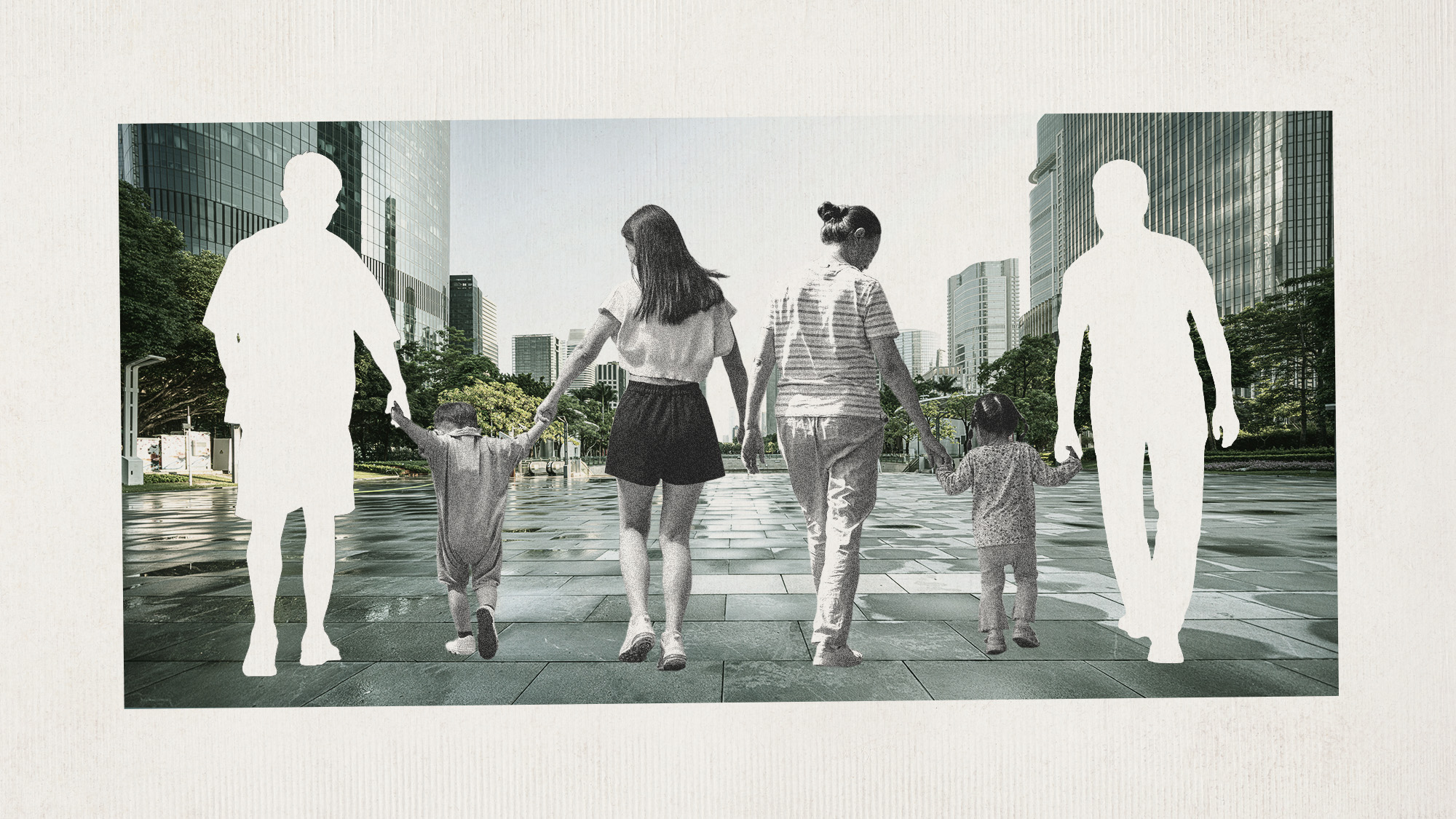 China’s single mothers are teaming up
China’s single mothers are teaming upUnder the Radar To cope with money pressures and work commitments, single mums are sharing homes, bills and childcare
-
 Employees are branching out rather than moving up with career minimalism
Employees are branching out rather than moving up with career minimalismThe explainer From career ladder to lily pad
-
 ‘It is their greed and the pollution from their products that hurt consumers’
‘It is their greed and the pollution from their products that hurt consumers’Instant Opinion Opinion, comment and editorials of the day
-
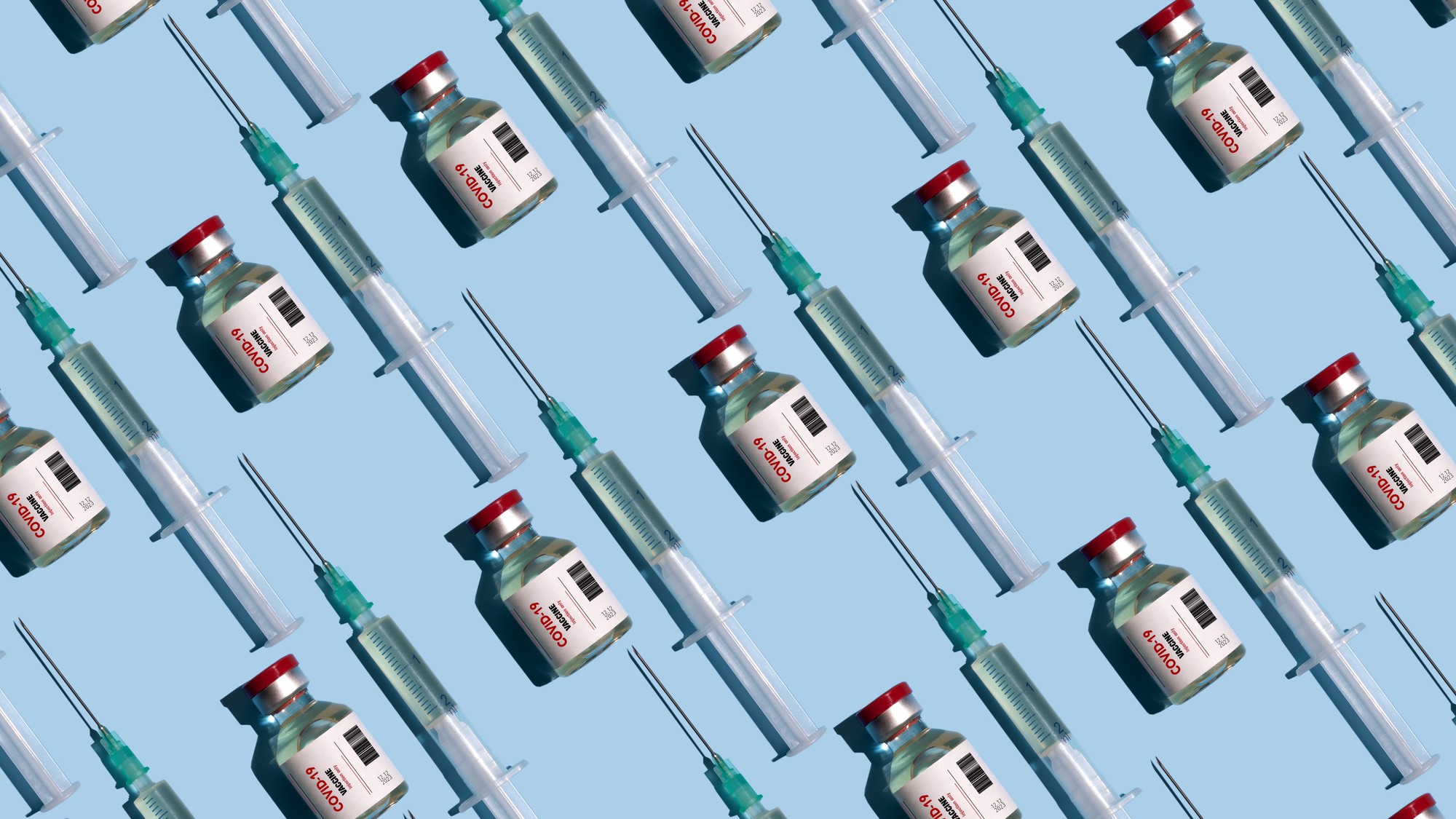 Covid-19 mRNA vaccines could help fight cancer
Covid-19 mRNA vaccines could help fight cancerUnder the radar They boost the immune system
-
 The new Stratus Covid strain – and why it’s on the rise
The new Stratus Covid strain – and why it’s on the riseThe Explainer ‘No evidence’ new variant is more dangerous or that vaccines won’t work against it, say UK health experts
-
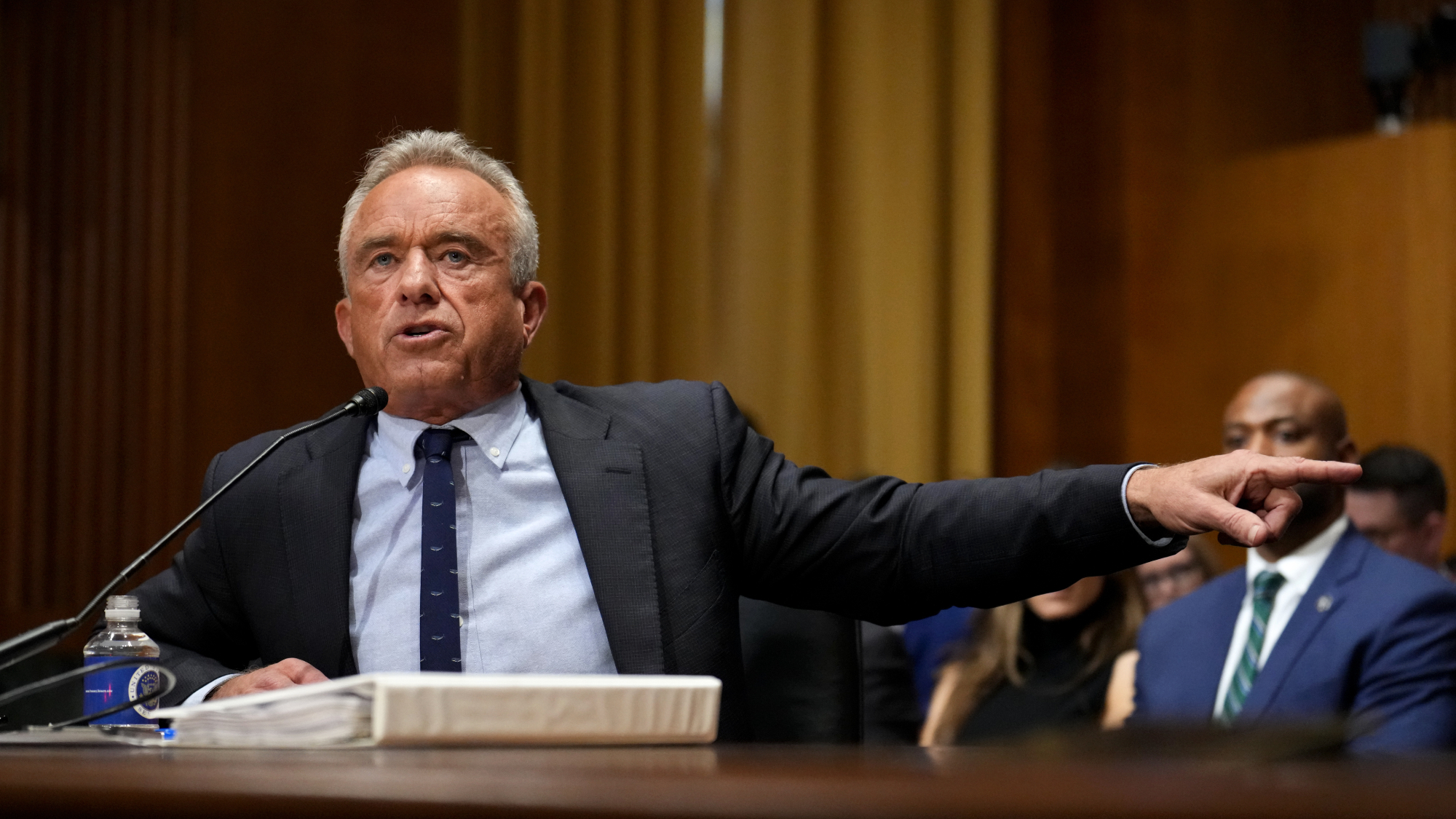 RFK Jr. vaccine panel advises restricting MMRV shot
RFK Jr. vaccine panel advises restricting MMRV shotSpeed Read The committee voted to restrict access to a childhood vaccine against chickenpox
-
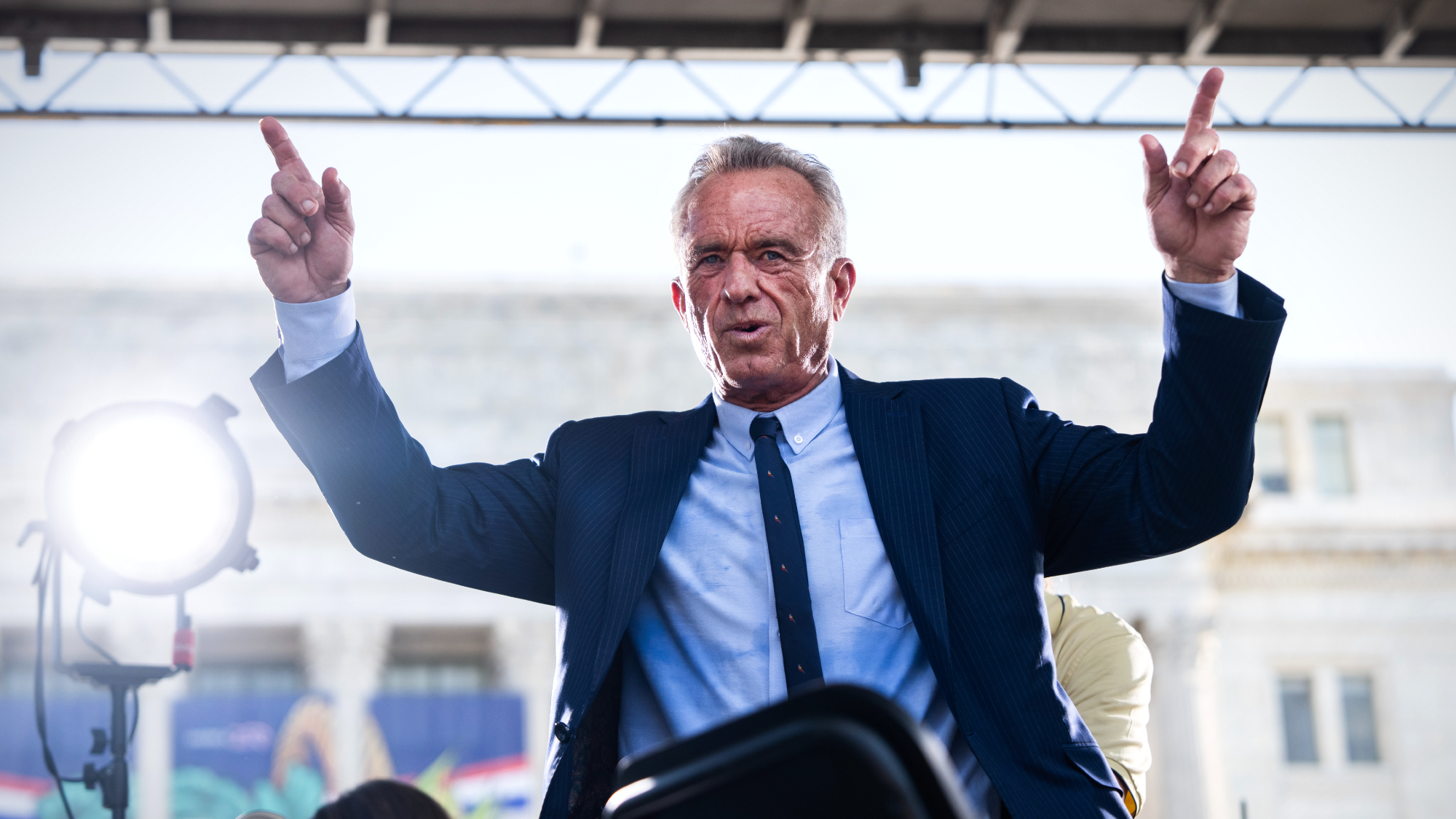 RFK Jr. shuts down mRNA vaccine funding at agency
RFK Jr. shuts down mRNA vaccine funding at agencySpeed Read The decision canceled or modified 22 projects, primarily for work on vaccines and therapeutics for respiratory viruses
-
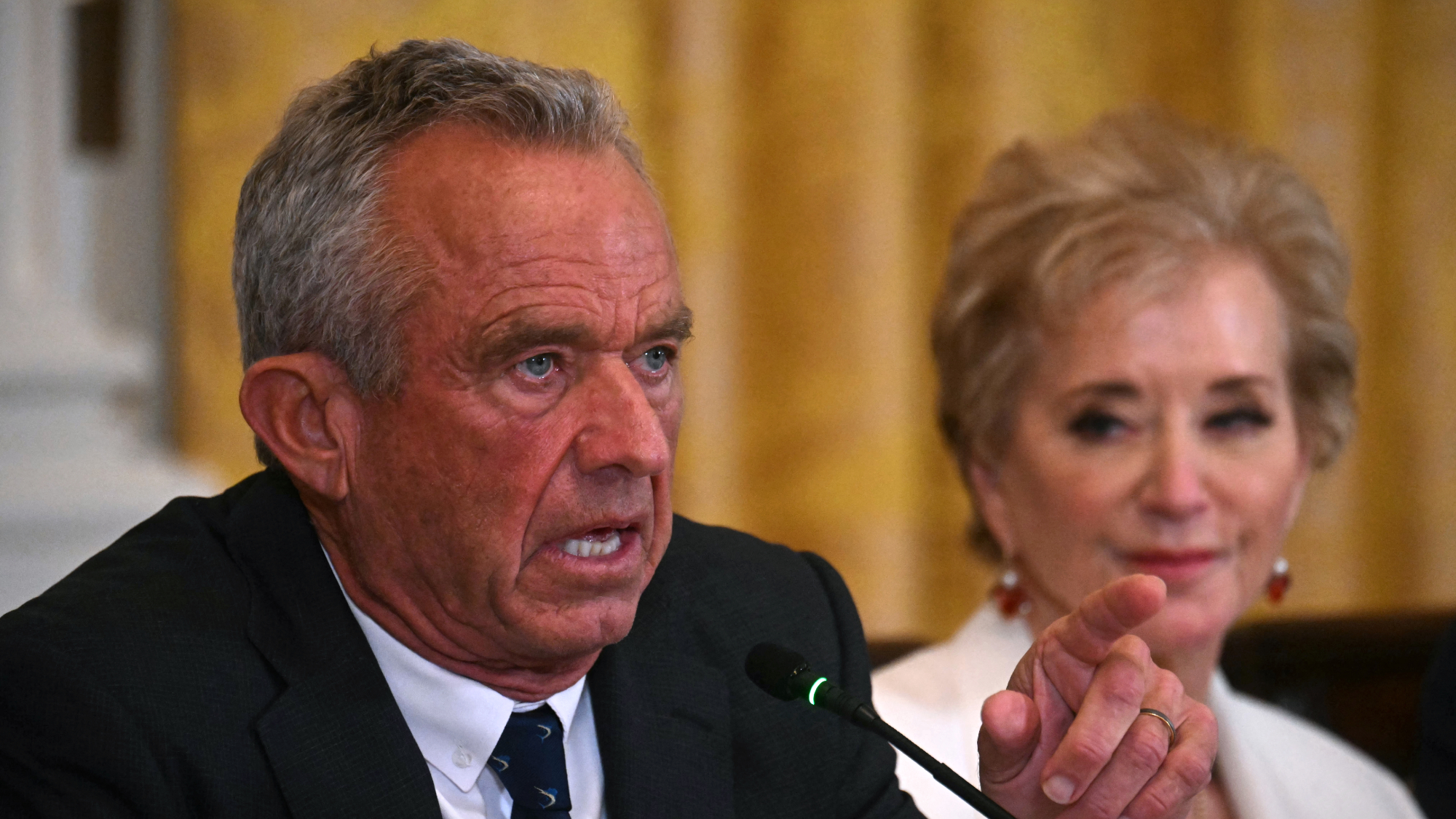 Kennedy ousts entire CDC vaccine advisory panel
Kennedy ousts entire CDC vaccine advisory panelspeed read Health Secretary RFK Jr. is a longtime anti-vaccine activist who has criticized the panel of experts
-
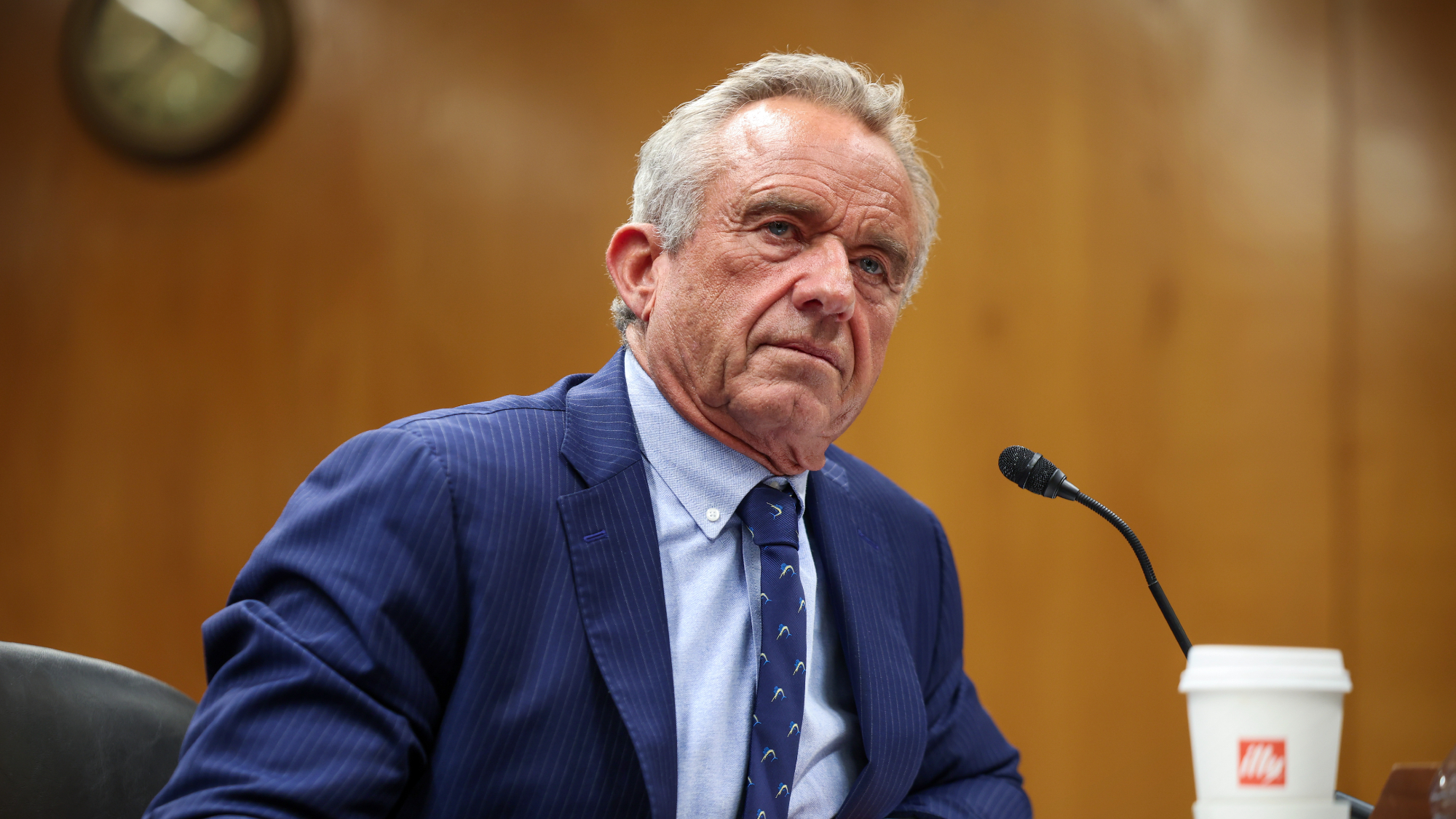 RFK Jr. scraps Covid shots for pregnant women, kids
RFK Jr. scraps Covid shots for pregnant women, kidsSpeed Read The Health Secretary announced a policy change without informing CDC officials
-
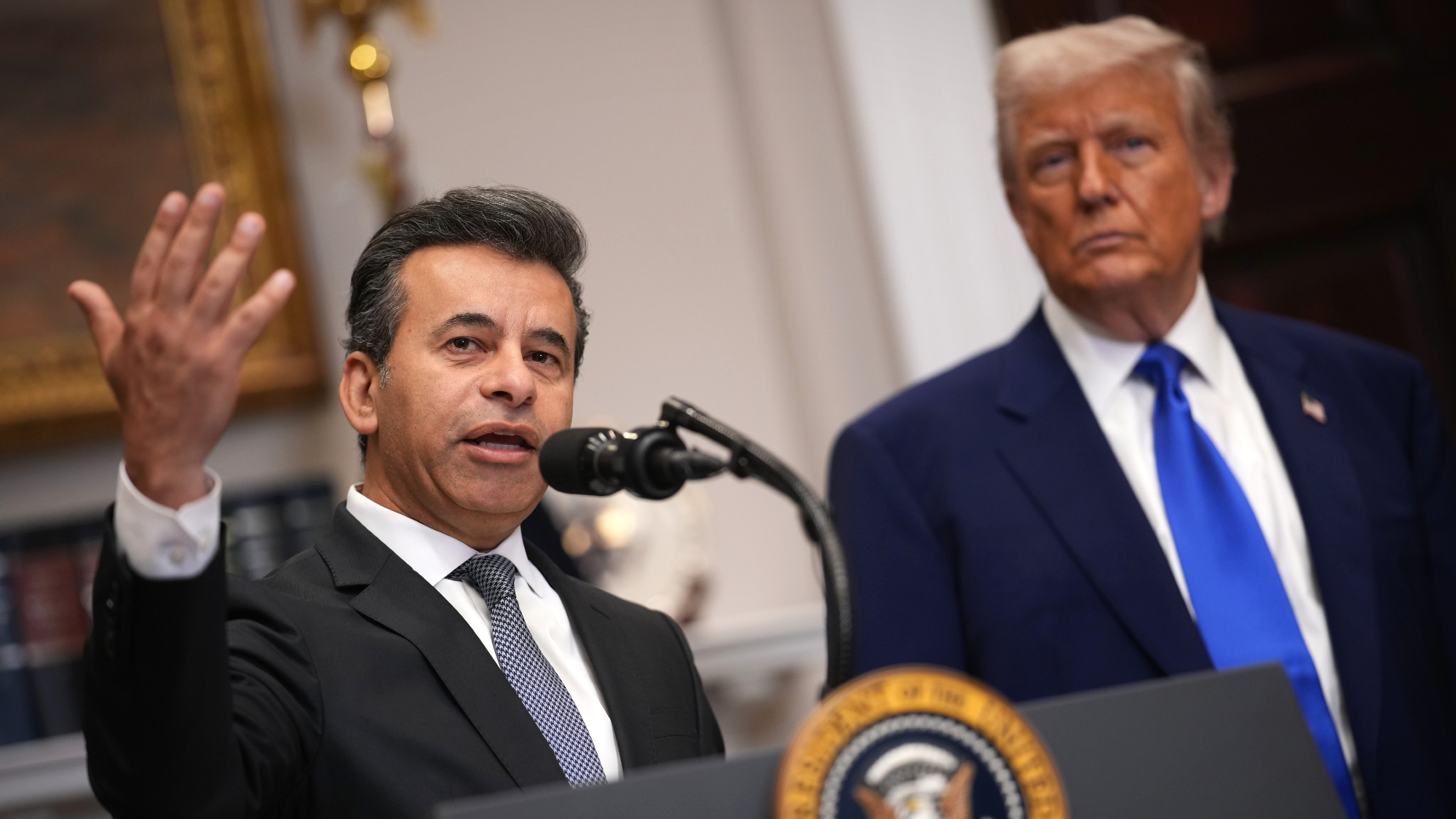 New FDA chiefs limit Covid-19 shots to elderly, sick
New FDA chiefs limit Covid-19 shots to elderly, sickspeed read The FDA set stricter approval standards for booster shots
-
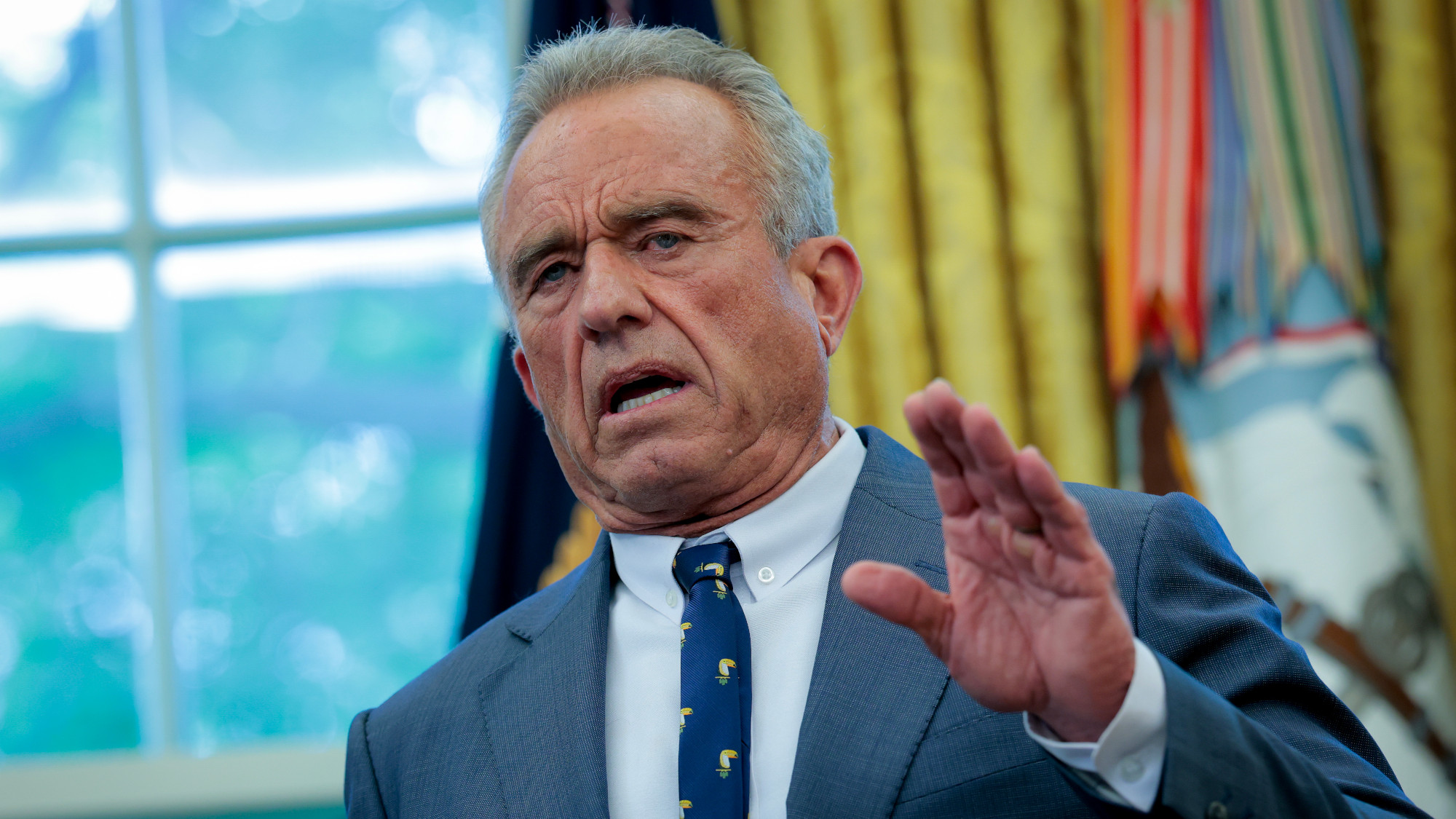 RFK Jr.: A new plan for sabotaging vaccines
RFK Jr.: A new plan for sabotaging vaccinesFeature The Health Secretary announced changes to vaccine testing and asks Americans to 'do your own research'
